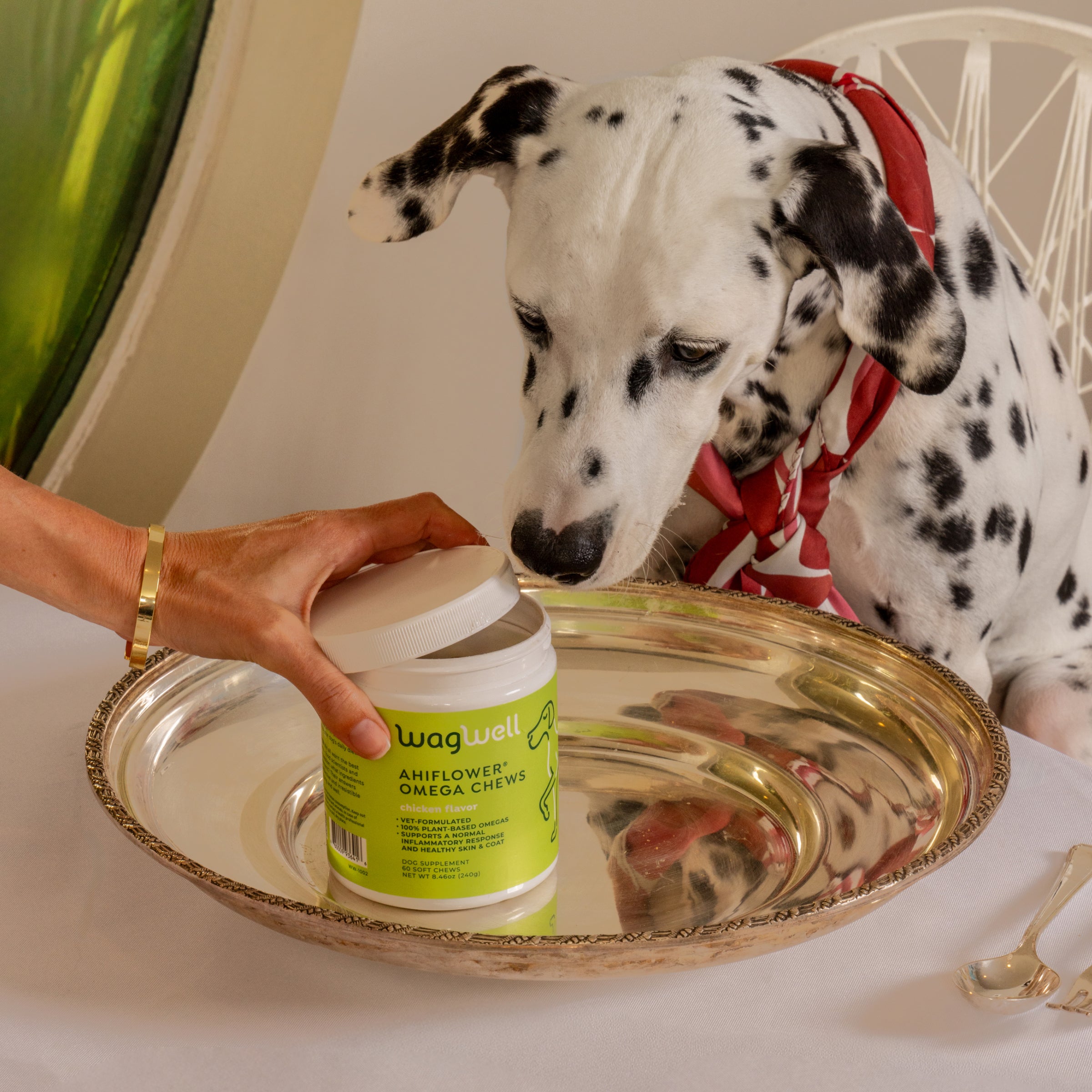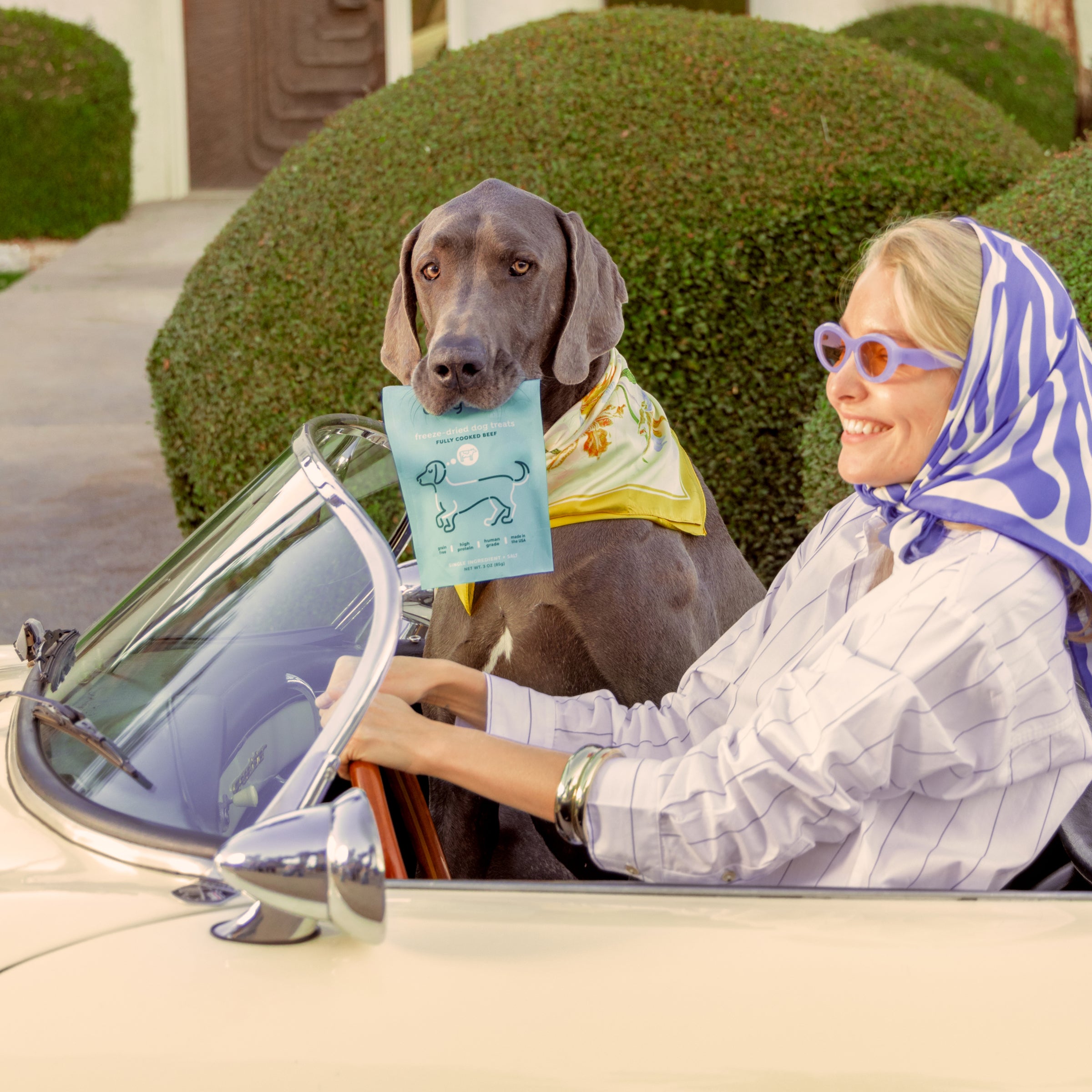Are you considering purchasing or adopting a puppy but don’t know where to start? Well, you’ve come to the right place. Everyone prepares for the arrival of a human baby, but it’s just as important to prepare for your little fur baby! Here’s a guide with a few helpful tips to set you (and your new puppy pie!) up for success.
Things To Note
Puppies and dogs are very time-consuming. New pet owners should recognize that dogs are a long commitment, as the average life span of a dog is around 13 years and can be longer depending on the breed. You will need to put in lots of time and energy to ensure high quality of life for your dog.
It’s tempting to adopt your puppy a friend to keep them company, but this can do more harm than good to both puppies. Many people might know that kittens need a companion; this is not the same for puppies. Two dogs raised together from infancy can cause attachment issues, difficulty bonding with other animals or humans, a higher potential for a reactive dog, and separation anxiety. The resulting issue is called littermate syndrome. It is best to wait at least six months to a year between each dog you adopt.
Don’t Choose Based On Looks Alone
Do you have your heart set on a specific breed? You’ll want to read on because they might not be the right fit for your lifestyle. At the risk of being a total buzzkill, you should never solely choose a puppy based on appearance. Instead, choose based on your lifestyle. Evaluate your living space, how often you’re gone, your activity level, and the time you’re willing to commit to determine what breed fits best with that.
For example, a smaller dog will be better for a smaller living space. High-energy dog breeds such as collies, retrievers, and shepherds will need lots of exercise and won’t be content with long periods of inactivity. If you live in a hot climate, do not get a dog suited for colder climates like huskies or samoyeds.
Choose a dog for their temperament as well. Every dog breed will have different affection levels and ways of interacting with humans. There are four basic temperament types: nervous, dominant, timid, and “middle-of-the-pack.” These can be separated into demographics, such as dogs with soft temperaments, those better for single owners, and those that require more discipline. If you have kids, you might want to avoid any breeds historically intolerant to children. If you hope to adopt a specific breed with a long history, researching the typical temperament and lifestyle requirements can guide you on what to expect or what home life would be best for them.
First Pet Store Visit

New puppies need things to thrive. Here’s a list of what we stocked up on for our dogs when we brought them home.
- Leashes: Leash training and getting the proper leash are necessary for safe, effective walks for you and your pup. Skip the retractable leash; it makes it harder to control your dog. A 4-6 foot leash is a better option for most people.
- Crate/Kennel: Crates make some dog owners feel guilty if they don’t know the benefits behind them. Not every dog will need a crate, but many will love them. In their natural habitat, dogs would live in den-like environments; crates can simulate that. Pro tip: cover the crate with a blanket and add blankets, small toys, and other calming items inside to provide your dog with all the comfort they seek.
- The perfect food: The best dog food is essential to support your puppy’s evolving needs. Puppies require specific nutrients to support their development–this means not grabbing the first bag you see in the store. Talk with your vet about what food will be the best for their age, breed, and energy levels.
- Pee pads: When you adopt a puppy that isn’t potty trained, pee pads are your best friend. Your puppy can use them like a litter box if you train them to do so. Pee pads are a great resource for when you need to leave your dog alone for long periods.
- Water + Food Bowls: Food and water bowls come in many materials and styles for you to choose from. Metal or ceramic bowls are better, as plastic might cause skin irritation and are easy for puppies to destroy.
- Toys: Start with 2-3 toys of different materials and styles to see what your dog likes best. A plush toy, ball, and rope toy is a good mix to help narrow down what they might enjoy.
- Harness/collar: Buying a harness in addition to a collar is a personal choice that depends on your dog’s breed and walking style. Collars (with a nametag) are necessary for identifying your dog if they are lost. A harness can make the walking experience easier and safer. Dogs that pull when walking need a harness to ensure there isn’t any pressure on their windpipes.
- Bedding: A bed can be a comfy space for your dog to lie down for naps. These are good fits for inside crates or just lounging around your home.
- Playpen: Puppies need supervision to prevent them from getting into anything dangerous. Supervising your pup is not possible 24/7, and a playpen allows them to play without risking getting lost or injured. These can be for inside and outside use.
- Brushes or combs: These are a requirement if you have a long-haired breed, but desensitizing your puppy to grooming can make the process easier later on. Some breeds will need daily grooming (something else to consider when picking your puppy) and special tools to maintain their coat.
- Toothbrush: It is a good idea to get your puppy used to the sensation of brushing teeth. Many pet stores sell kits that include a dual-sided toothbrush, finger brush, and toothpaste.
Train, Train, Train
Training is a necessary part of dog ownership that can be expensive or time-consuming. Chances are that your new puppy isn't potty trained, but it’s simple to accomplish. Routines are detrimental to dogs; the minute your puppy has finished eating, sleeping, or playing, they should go outside to use the bathroom. Even if they are in the process of using the bathroom inside, pick them up and take them out to reinforce waiting to go outside. Doing this creates an association that they cannot use the bathroom inside the house and must wait. If you ever see your puppy sniffing or hanging around an exterior door, they might need to go potty.
Many other aspects of training are not an option to invest in. Leash training helps your dog feel comfortable and confident when walking with a restraint. Obedience training helps to prevent negative behaviors. Recall helps when your dog is off-leash; it also helps if dangerous situations occur when they’re within earshot but not within reach.
Many dog daycares offer train and board options or just daycare with training. Depending on the type of training, it is more effective to train your dog yourself. YouTube videos and articles are a great jumping-off point for this. Hiring a dog trainer is a viable option for those with a dog that is difficult to train. Some dogs might need more training than others, but all will benefit from it!
First Vet Visit
You should always take your puppy to a vet when bringing them home for the first time. It’s a good idea for a vet to meet your pup and check them for any issues they might have developed in their previous home. Your vet will talk to you about vaccinations and common illnesses to look out for. It is never a good idea to take an unvaccinated puppy in public, even if you carry them. They might pick up a life-threatening disease. Spend time at home with them until they are fully vaccinated.
You should ask your vet to implant a microchip inside your puppy. Microchips are lifesavers if your dog runs away or becomes lost. These devices store your information; any vet or animal shelter can scan for them.
Vet visits can be expensive, but health insurance can help to diminish costs. You should look into health insurance as soon as you’re able to. While it might not seem necessary at such a young age, it is actually cheaper the younger you start them. Some health insurance companies do not cover pre-existing conditions that your dog might develop throughout their lives. Starting them on an insurance plan can cover issues that could come later in life.
At the End of the Day
The process of getting a puppy can be exhausting but ultimately incredibly rewarding. Before you know it, all your hard work will have paid off as you get used to your new expanded family. Give your puppy grace over the first few months of their new lives, and soon they will show their developing personality as they become more comfortable in their fur-ever home.


